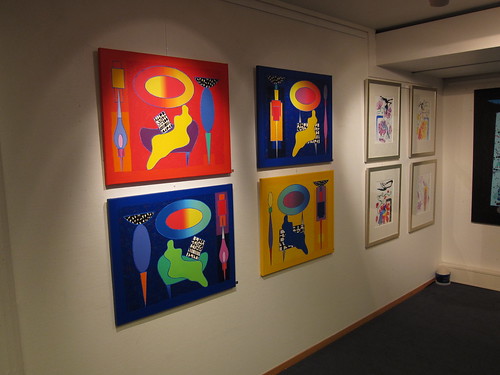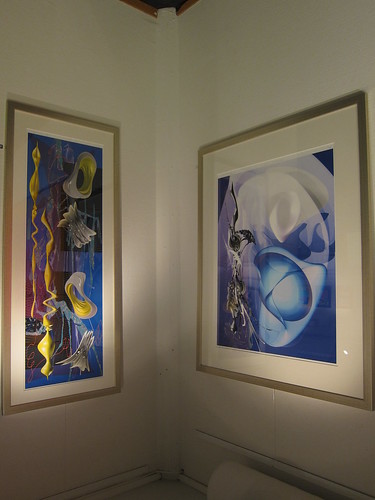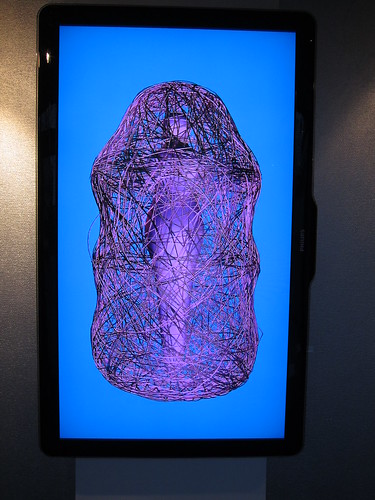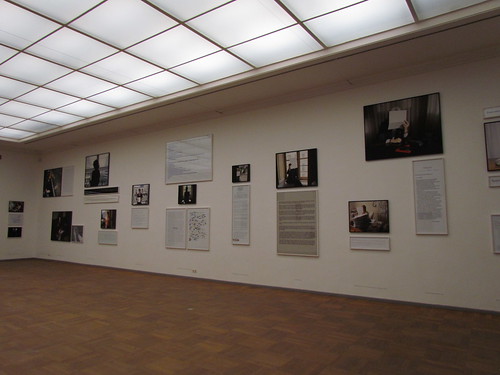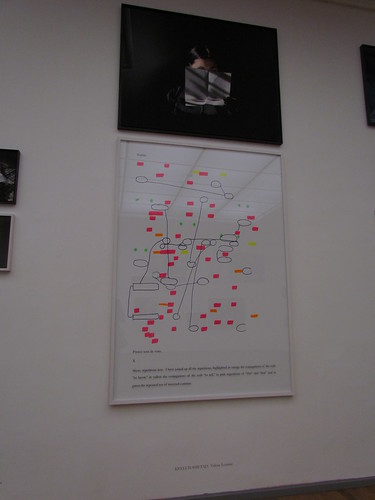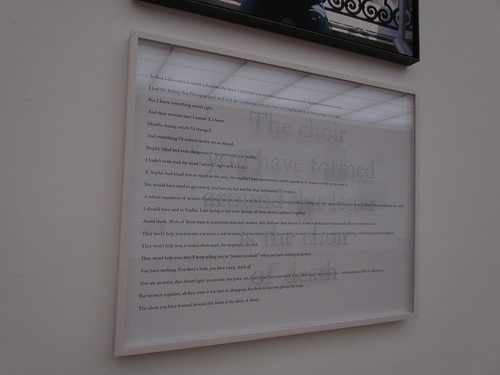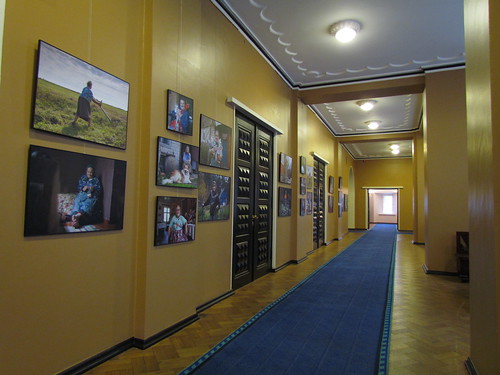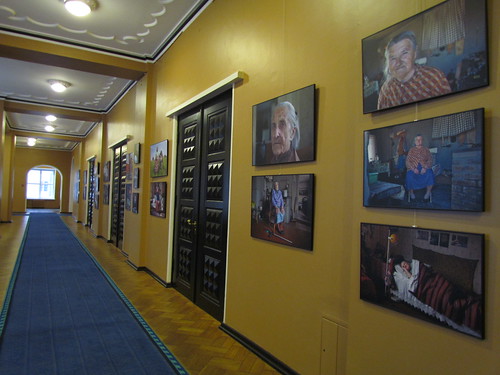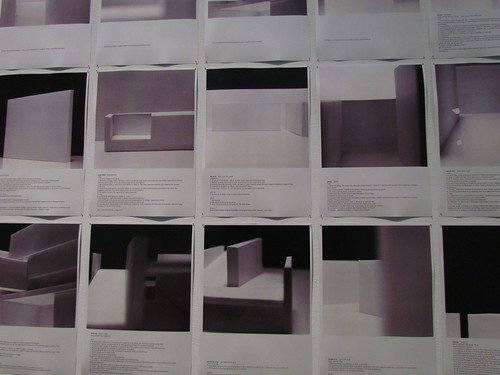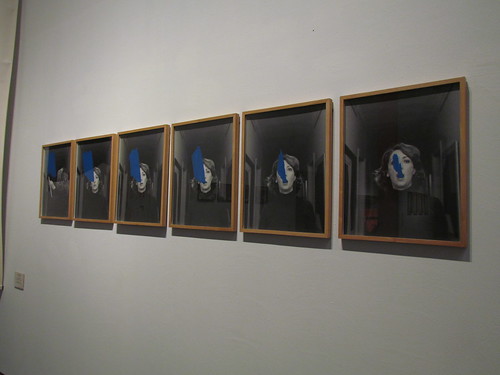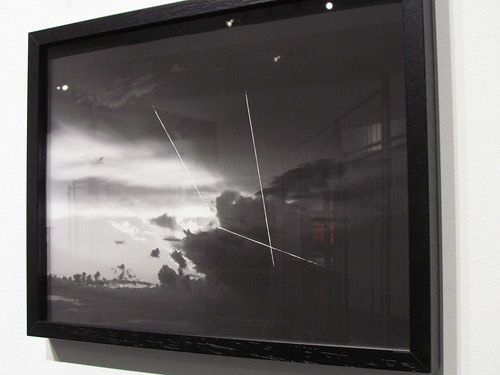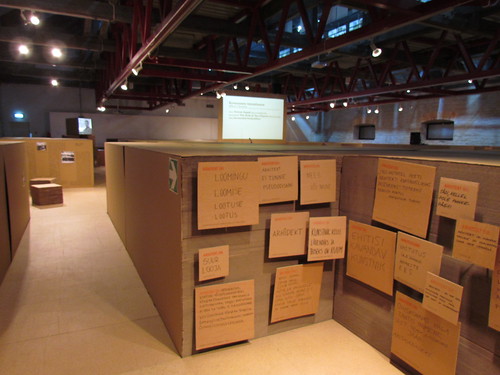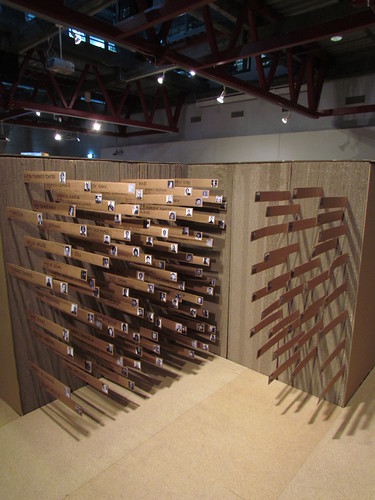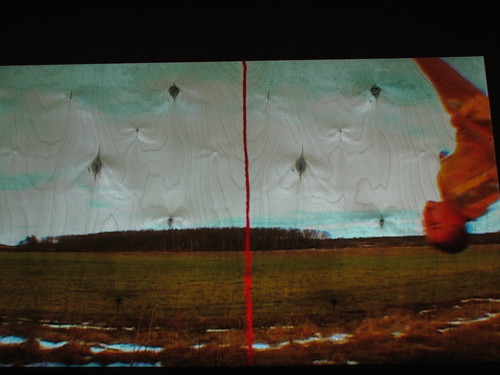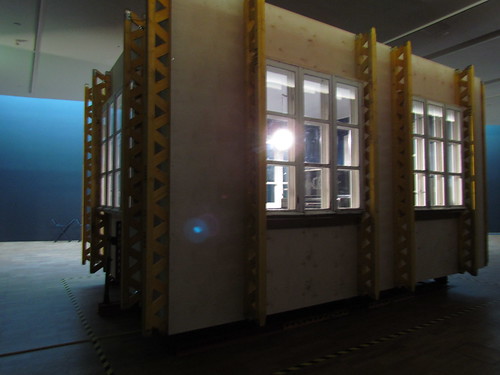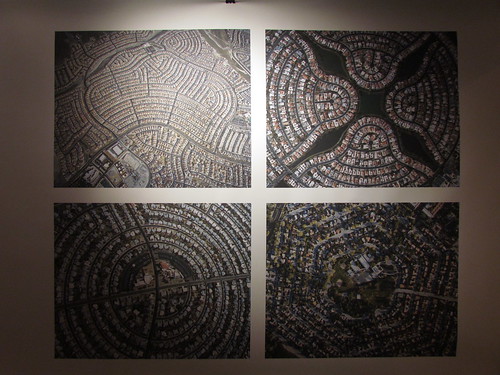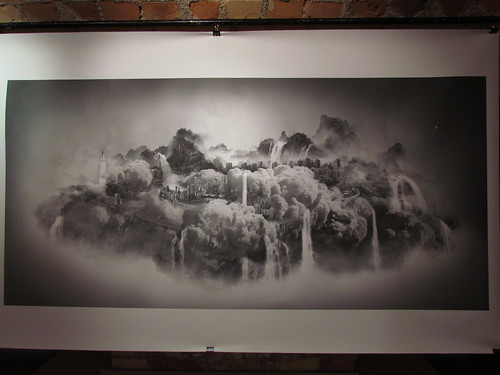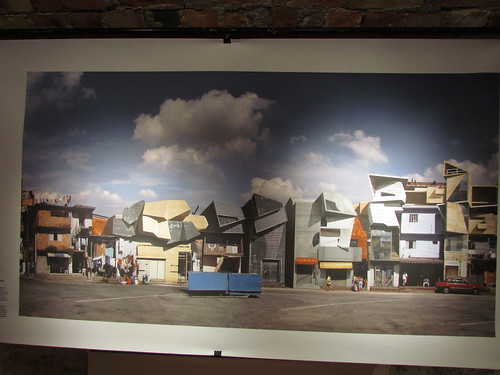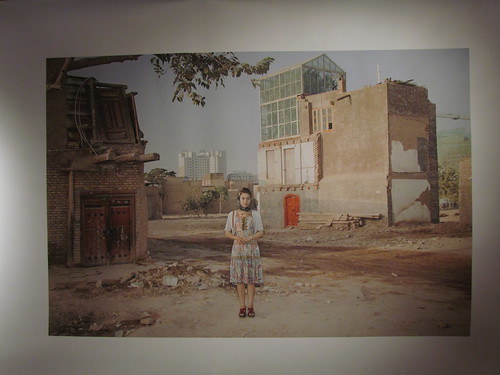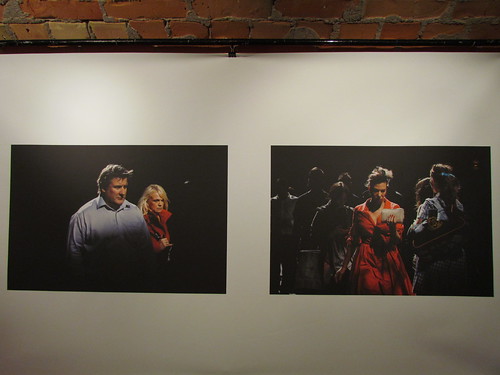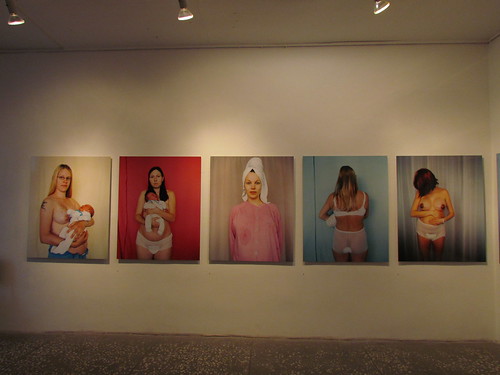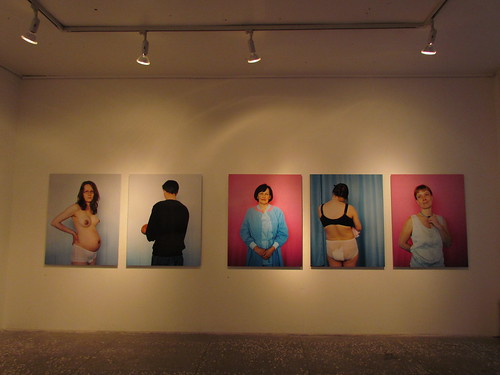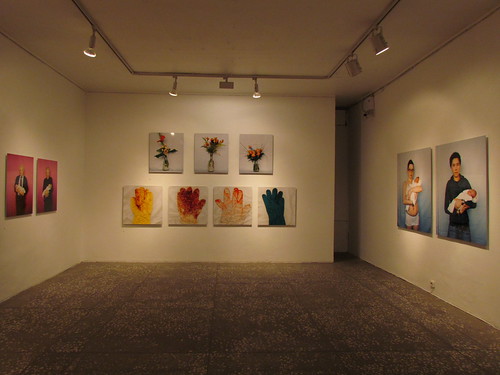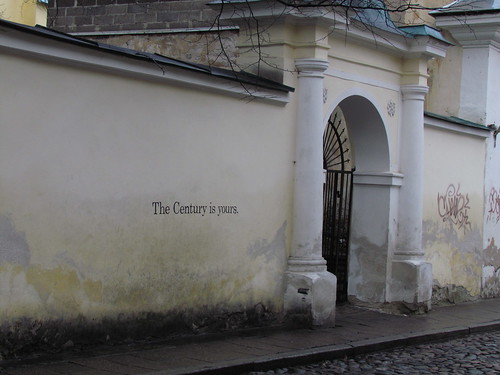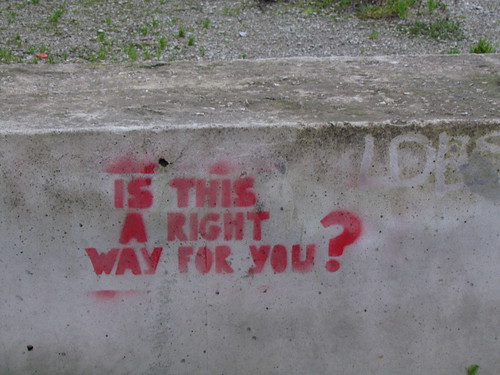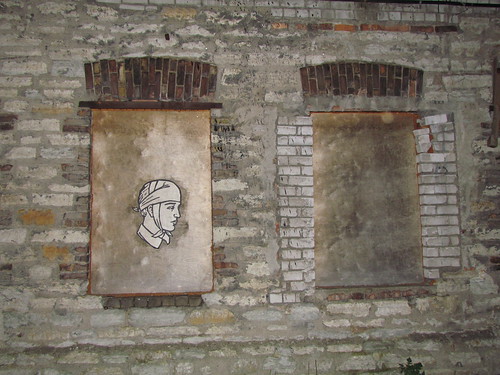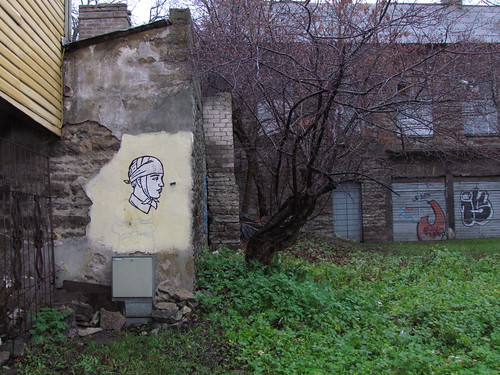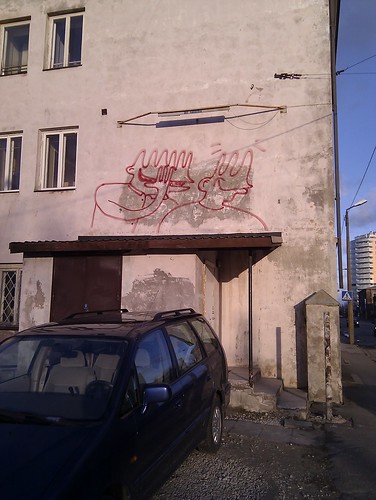Architecture / streetart&graffiti
These are sad times for urban art in both Sandnes and Stavanger. In both towns architectural landmarks are torn down to give way to urban renewal. Together with the buildings important artwork are lost as well.
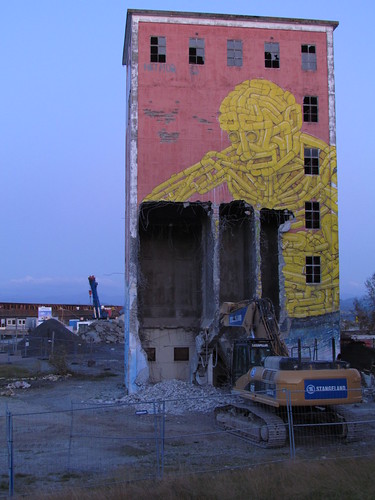
The high tower at Tou Scene has been a landmark, a beacon for the spot. The "Tou" logo on the tower has been visible from far, from the town bridge, and from the ferry across the fjord to Tau, where the original Tou brewery was situated. It became a symbol of the former brewery, now creative culture venue of Tou Scene. The first ones to use the tower as a canvas were the local urban artist duo Pøbel & Østrem, who on the seafront side painted a great streetart/graffiti piece that lasted for about one year. After them came the Nuart festival with famous Italian artists Blu and Erica il Cane. They covered three of the sides with their collaboration work, commenting on Stavanger's richness due to oil, and the oil production's side effects. It is quite ironic that the painting was removed due to exactly that prosperity.
The destruction did not come as a surprise, it has been in the municipal plans for a long time already. As part of the seafront renewal the tower was torn down to give way to an apartment building. This will break Tou Scene's direct connection to the sea, in the worst case turning the seafront into a private area. In the best case this area will offer seaside promenades and parks all related to the Tou Scene area and accessible for everybody.
Somehow it seems like poverty is the conservator of history and heritage, while prosperity and wealth wipes out everything old and out-of-fashion. Towns like Stavanger have gained their uniqueness due to a poor population that had no other choice than to continue living in their old houses. While the wealth bring in higher living standards, but not necessarily higher aestethical knowledge.
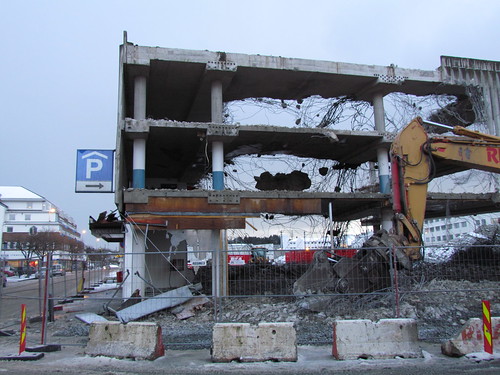
In Sandnes there is also destruction going on. A parking house, build by the aestethical standards of its time, not much liked anymore, is now demolished. This is a part of the rather infamous, unstructured, bad planned bus station/train station/parking lot called Ruten. I could write a lot about the planning, politics and architecture of the square, but I prefer to focus on the art.
The parking house has been the scene for a brave experiment, it has provided legal walls for the graffiti writers of Sandnes. Since May 2010 different pieces have come and gone. Some have lasted for a long time, some have been painted over immediately. It has always been a pleasure to monitor the changes on the walls. As I understand the local boys have appreciated having a place where they are allowed improve their creative skills in art. This opportunity is now gone. It will be interesting if the municipality of Sandnes understands that the guys need a new legal wall now. There are plenty of possibilities. There is plenty of boring concrete that would look better covered with colourful paint and skillfull letters.
Link to the Tou tower by Pøbel&Østrem here
Link to the Tou tower by Blu&Erica il Cane here
Links to graffiti at Ruten here
